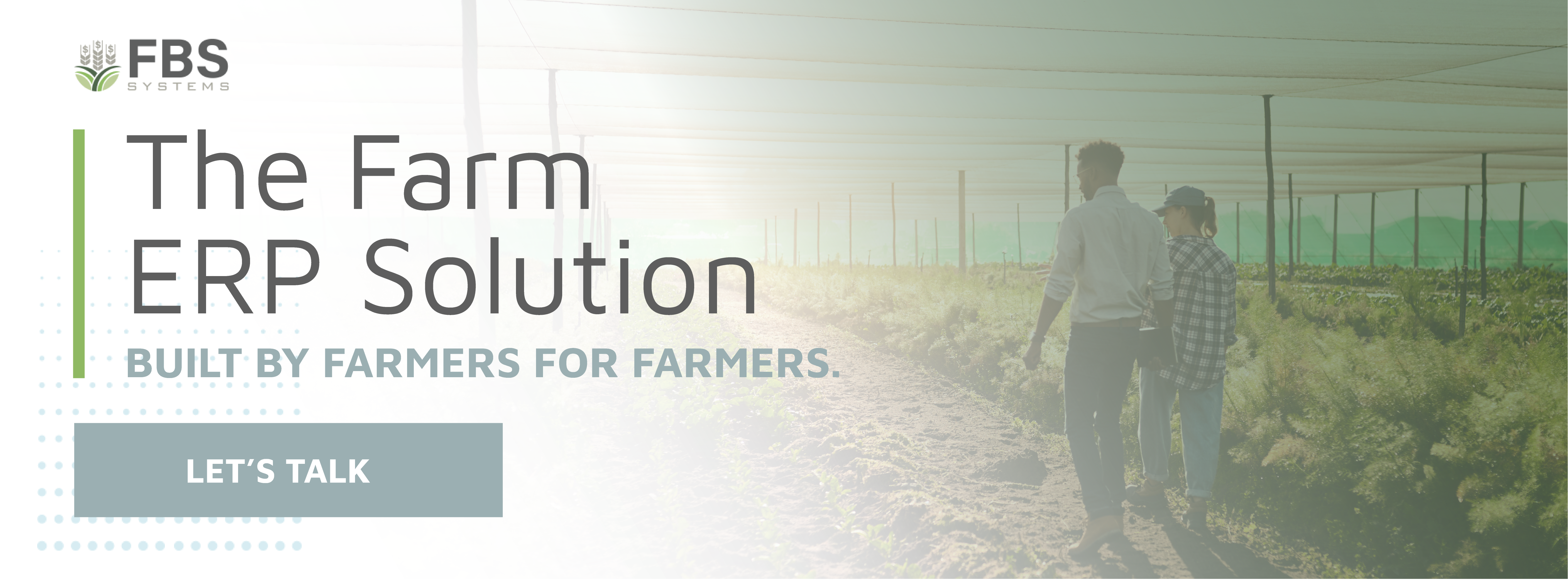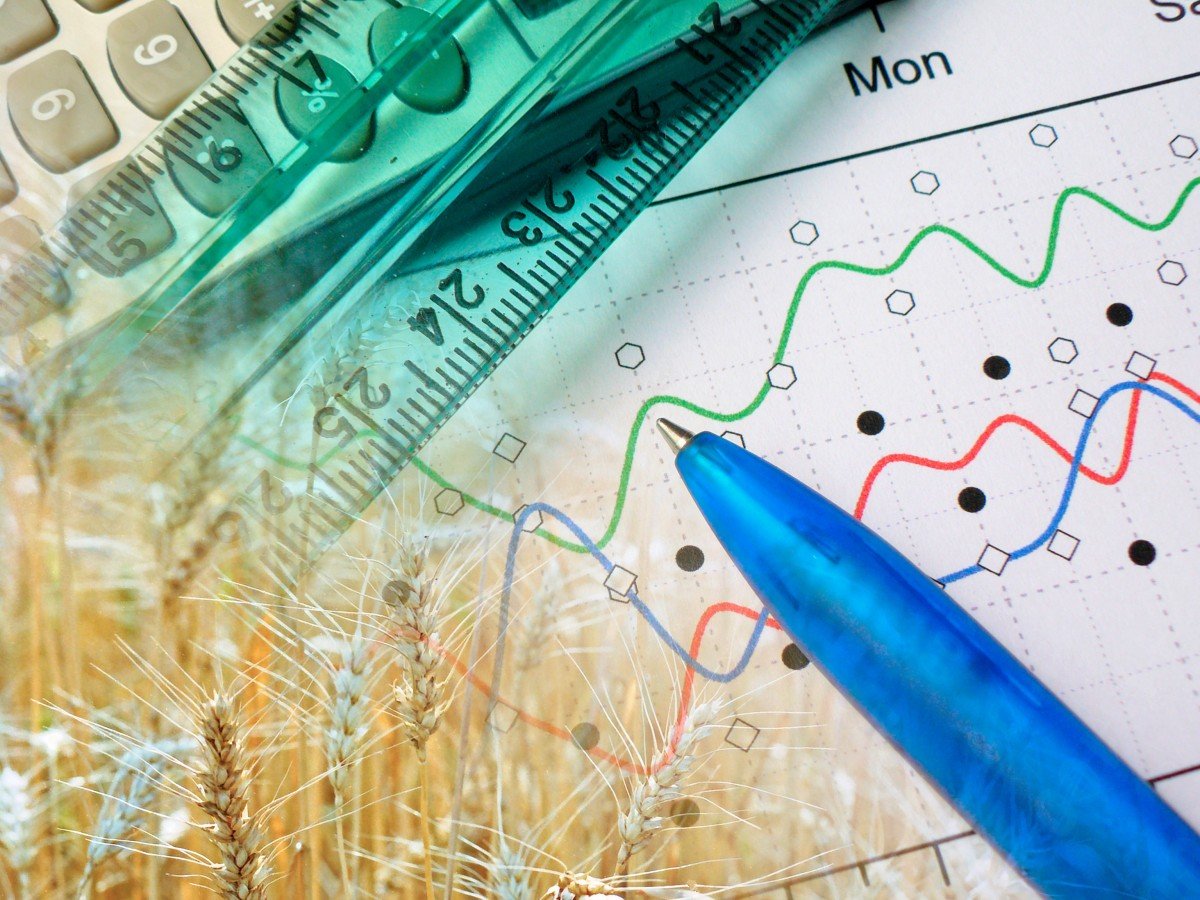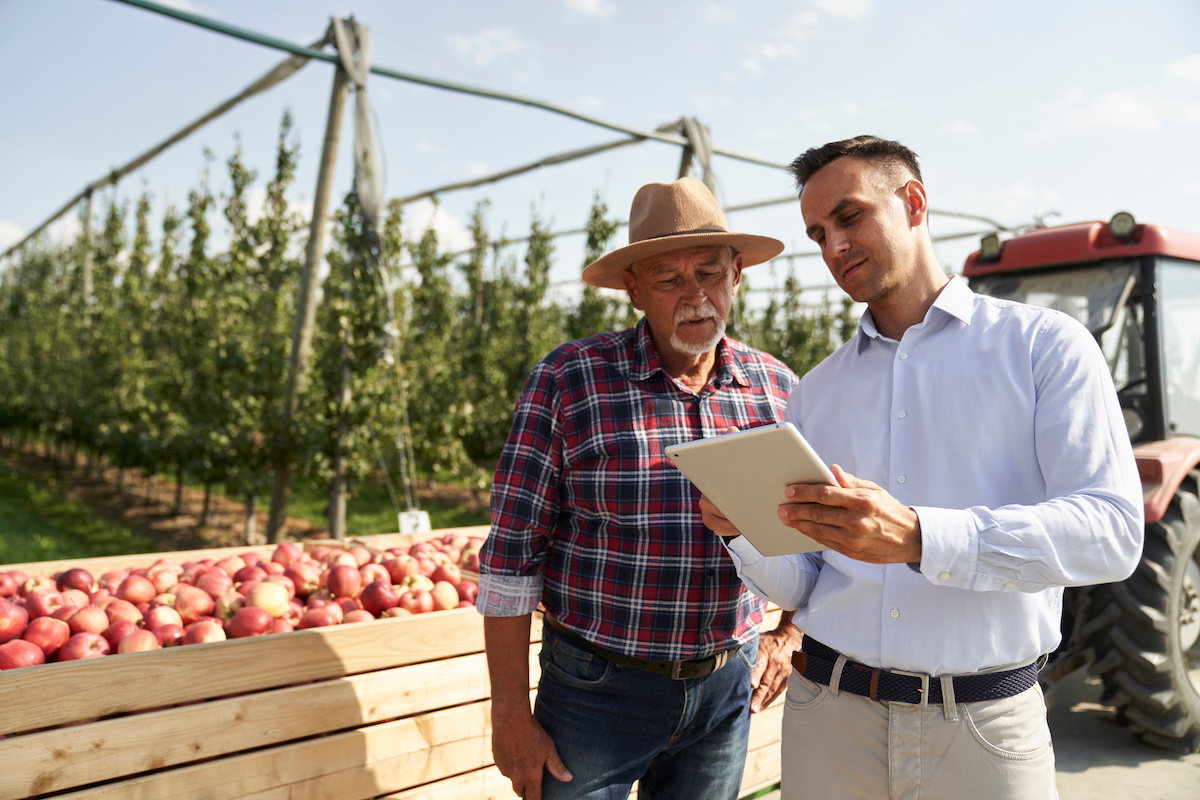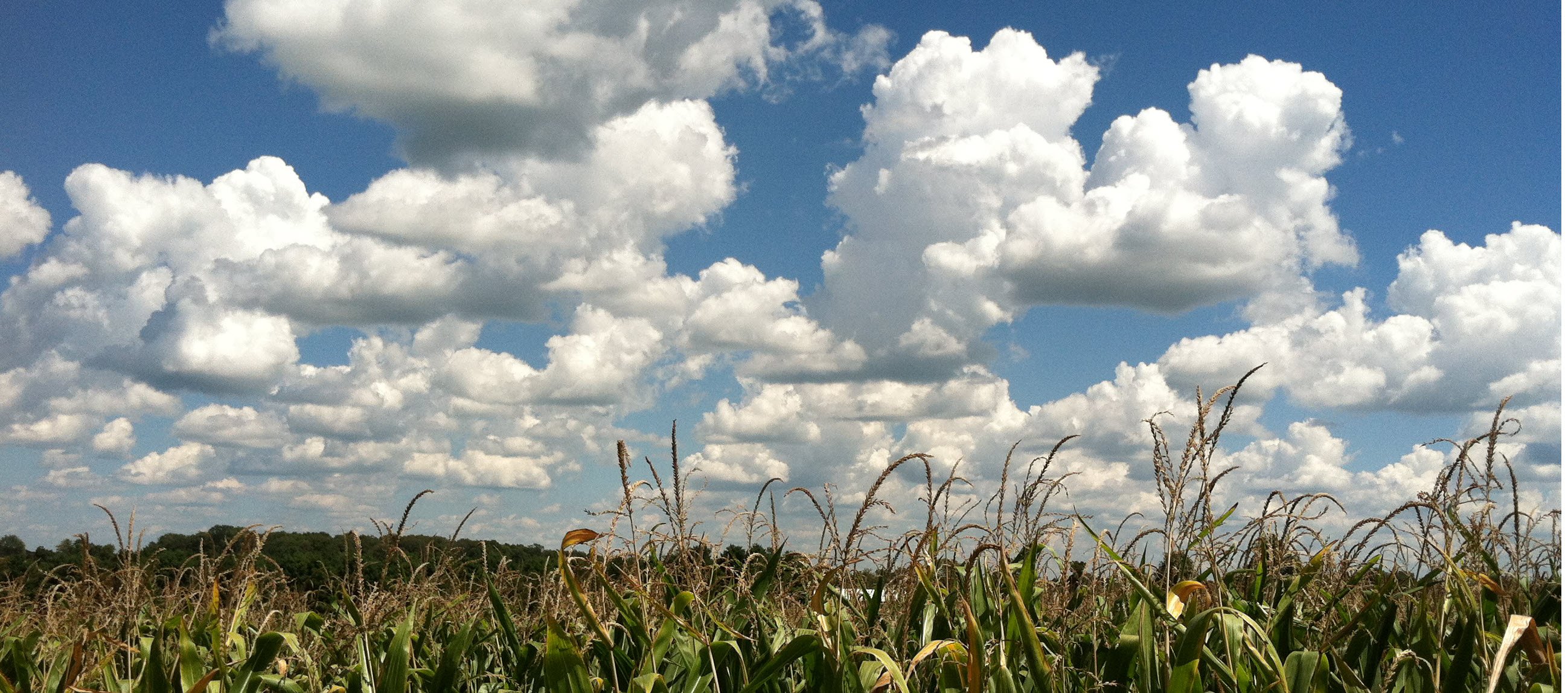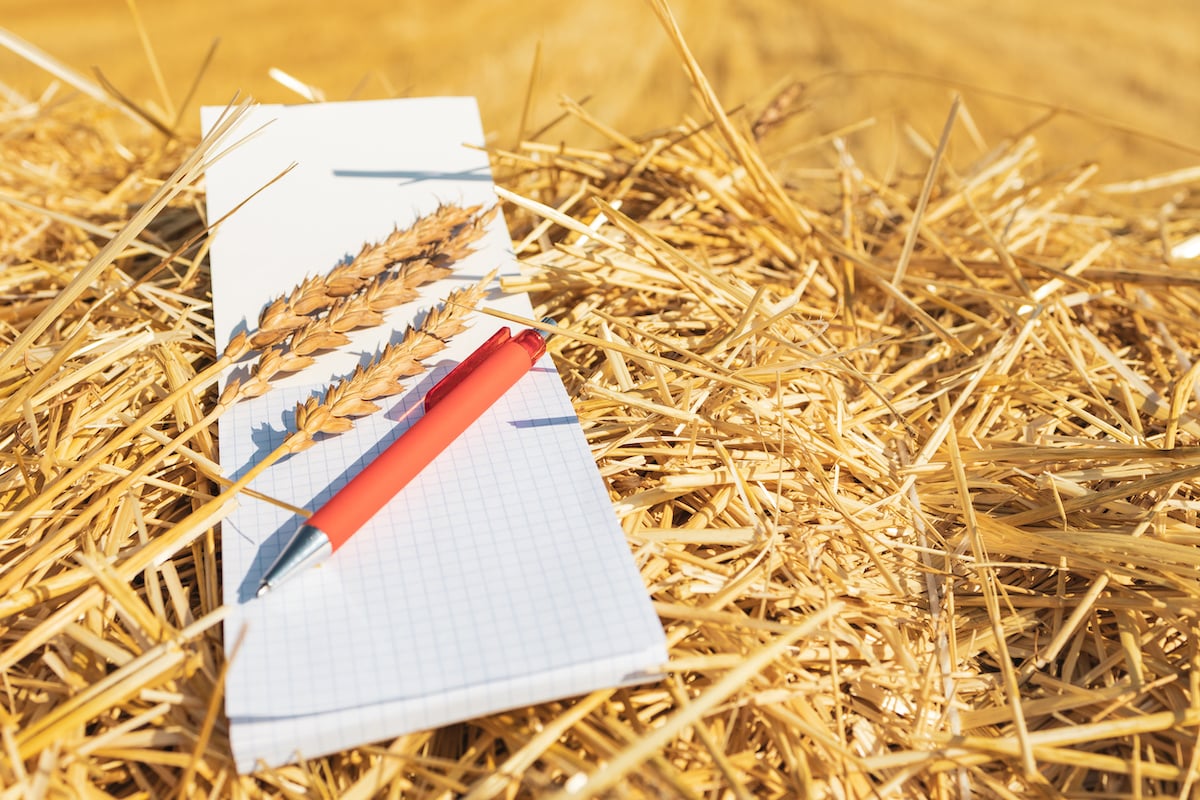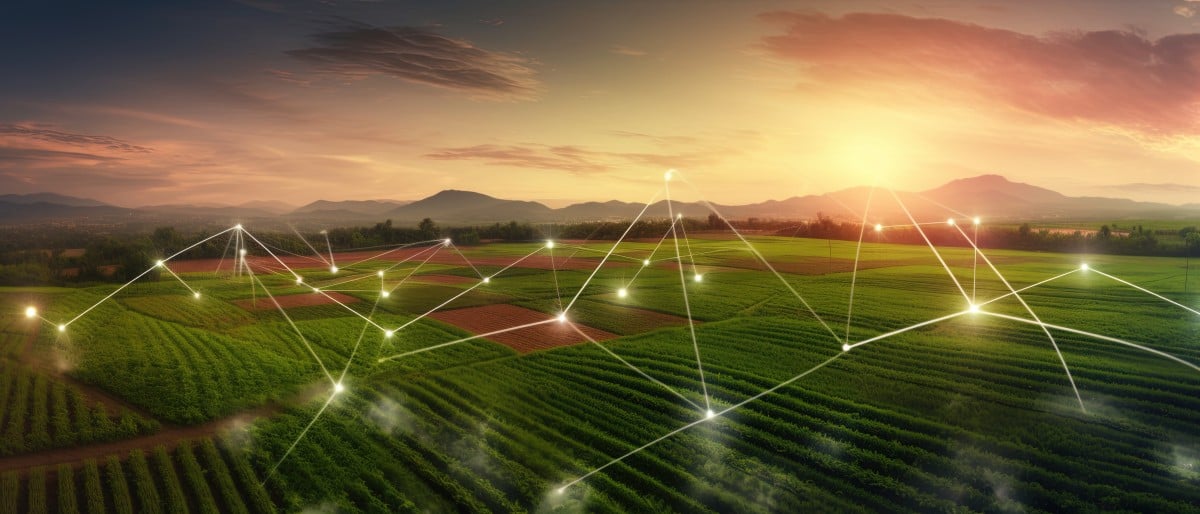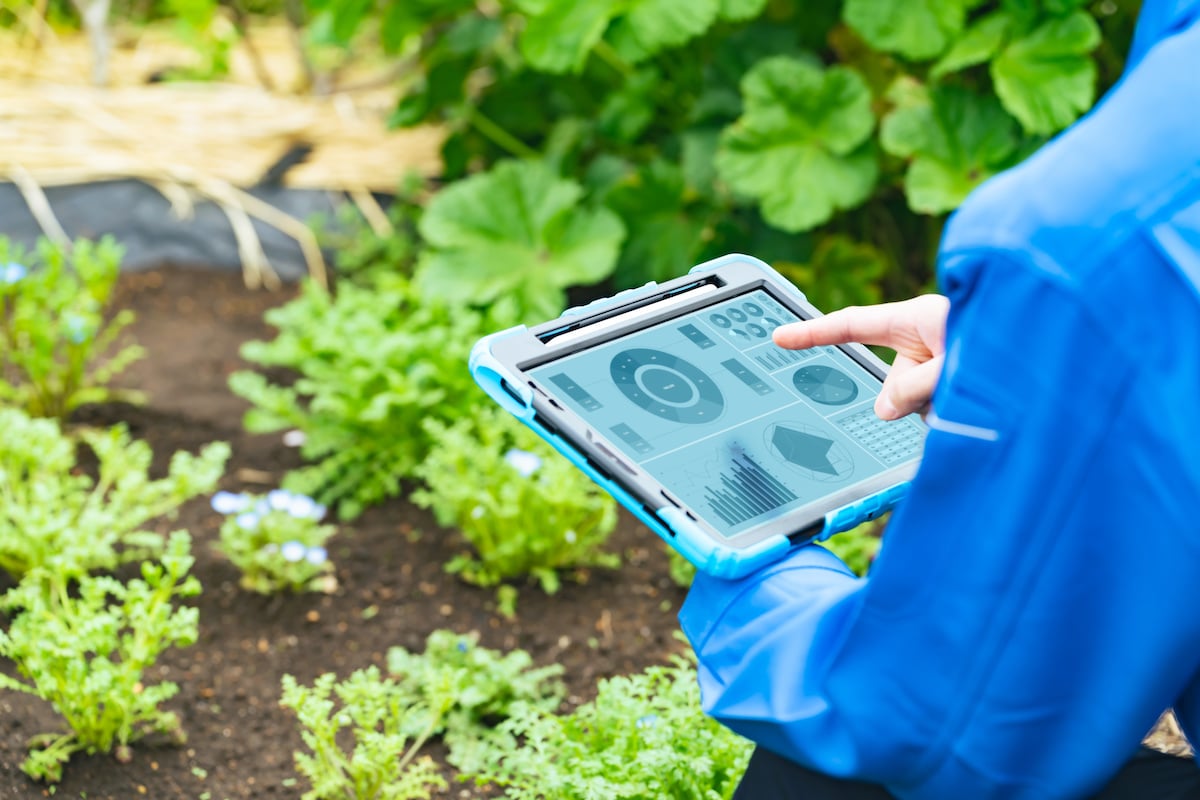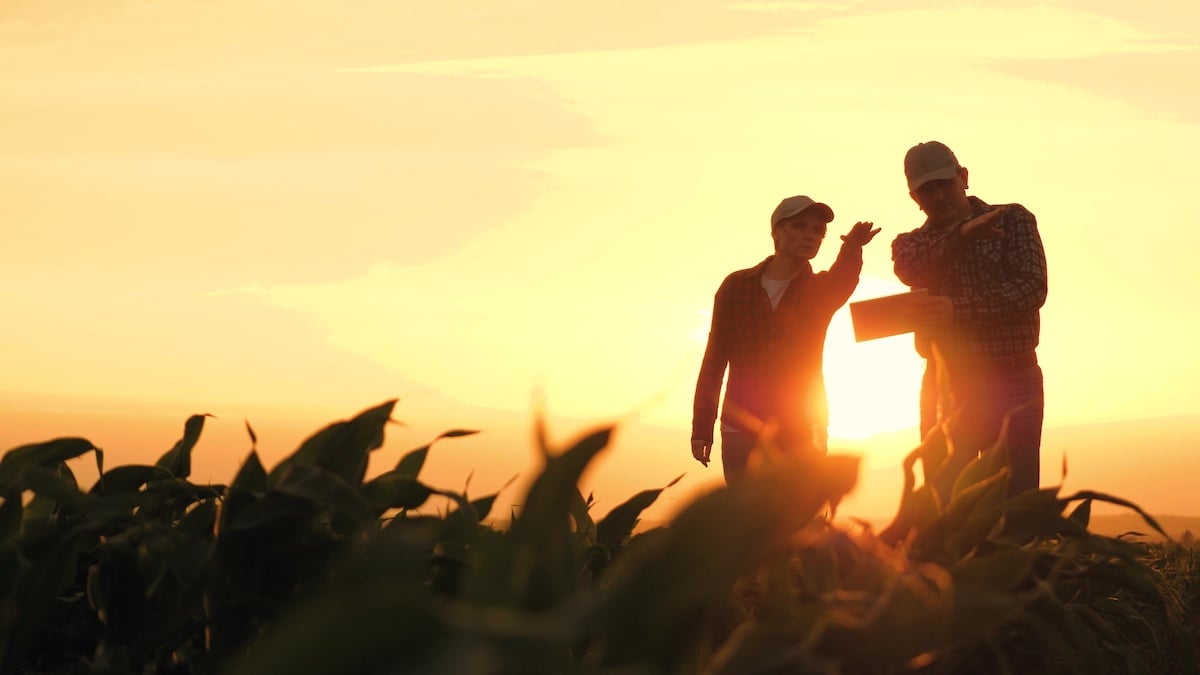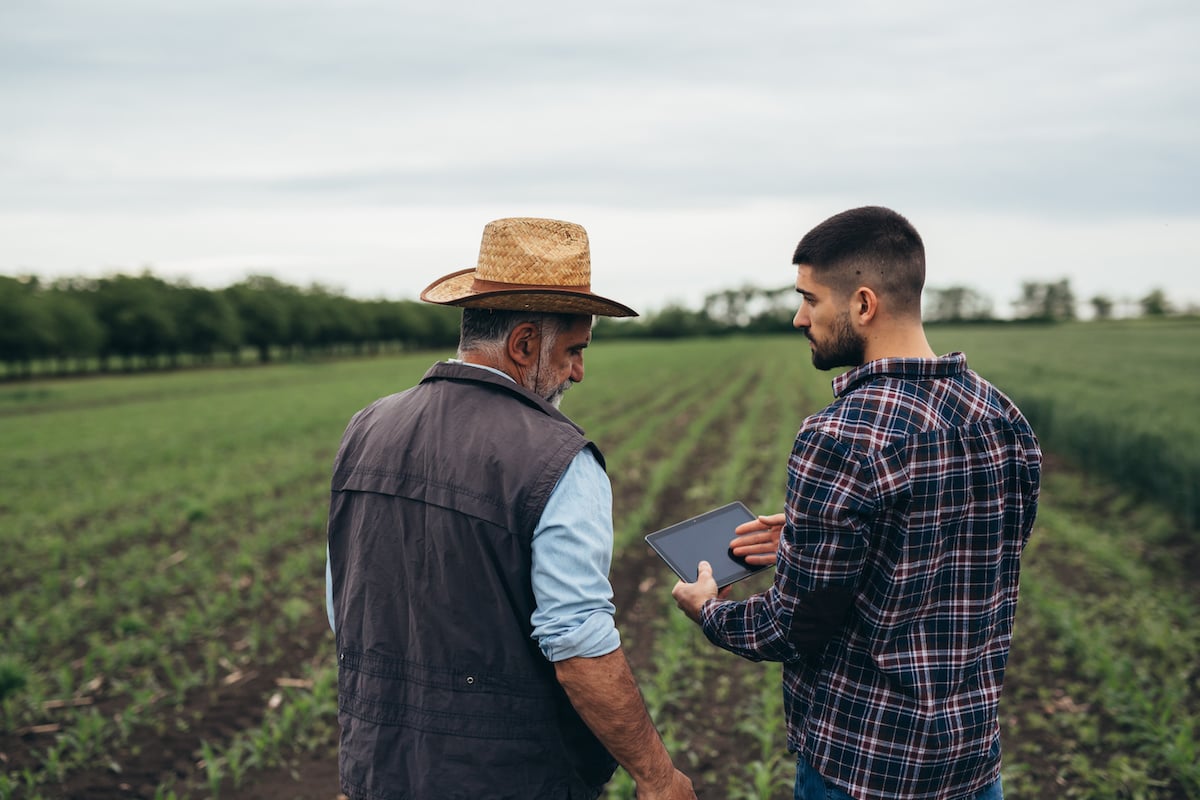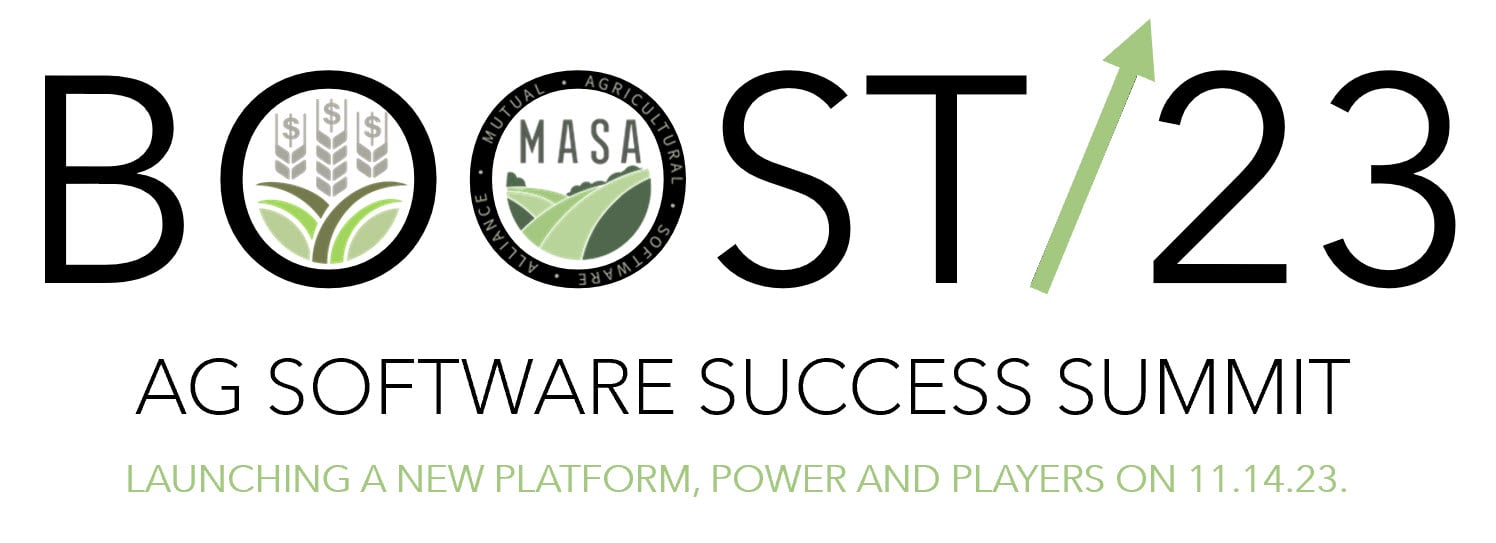We often discuss the different types of accounting used by agricultural accountants. A good portion of farm accounting, especially early on, was limited by technology and the need to simply keep track of finances. Farm accounting was used to keep track of the money coming in and out of the farm. Enter managerial accounting which can be used to make decisions about the future. Both types of accounting are important for farmers to understand, and utilize, in order to make sound financial decisions for their farms.
Quick Links
- What is Managerial Accounting?
- What is Cost Accounting?
- Where Managerial Accounting and Cost Accounting Intersect
- Understanding Agricultural Inventories
- What is Rolling Up Agricultural Managerial Accounting and How Does it Work?
What is Managerial Accounting?
Managerial/management accounting, in agriculture, is accounting that focuses on providing financial information and analysis to help farm and ranch managers make decisions about their organization. Rather than seeing financial data as something to be siloed off and relegated to an accounting function only, managerial accounting relies on financial data to assess operational performance and to identify ways to improve farm profitability.
Financial data can and should be used to provide assistance when it comes to strategic decisions by producing budget forecasts and helping track actual results against budget goals.
What is Cost Accounting?
Cost accounting is the process of tracking and recording costs associated with producing or providing a good or service. This can be vital in farm accounting when lengthy or overlapping production cycles can make accounting for costs difficult.
Cost information is then used by farm managers to make better business decisions about where to allocate resources, how to price products and services, and how to adjust production for the coming year.
Where Managerial Accounting and Cost Accounting Intersect
Traditionally, farm managers have viewed cost accounting and financial reporting as two separate activities used to accomplish two distinct goals:
- Internal enterprise analysis and benchmarking using a "do-it-yourself" approach
- External “high level” financial statements for lenders and investors, either using double-entry accounting (often following GAAP) or adjusted accrual financial statements (AFRA, Finpack, etc.)
Most agricultural firms considering managerial accounting are primarily interested in the first of these goals, i.e., determining their "cost of production" for various products and locations. However, once production costs are calculated, they can also be used as the basis for inventories on financial statements.
Understanding Agricultural Inventories
Most accounting programs and financial statement generators have no trouble tracking liabilities and fixed assets, but maintaining inventories of raw materials, work in process and finished goods is much more problematic. As a result, various schemes have been devised to augment this process, from elaborate spreadsheets for estimating growing animal costs to relying only on market values.
- The outcome is that even the most sophisticated firms are using standardized, "plugged" inventory values on their financial statements which provide no feedback regarding internal cost variations.
- Results are even worse for smaller firms using market-value financial statements which have no tie-out whatsoever with their enterprise records.
In the past, "state-of-the-art" agricultural MIS required three redundant information systems: financial, managerial (cost accounting), and production records. (See Figure 1.) Costs were developed at the "lowest common denominator" level (entity financial statement), then were either allocated back to cost accounting management segments or never reconciled with internal cost accounting. Production records were treated as an unrelated activity.
Figure 1. Financial, cost accounting, and production records were treated as separate processes.
What is Rolling Up Agricultural Managerial Accounting and How Does it Work?
But that’s all in the past. Farm ERP solutions, like the one designed and offered by FBS Systems, this process is reversed. Production records automatically "drive" raw material and overhead allocations to cost and profit centers and maintain inventory values. At the end of every accounting period, segment costs can be "rolled up" into entity financial statements. (See Figure 2.)
With this holistic view of operations, there’s no need to isolate financial data and look solely at costs. Instead, agricultural accountants can look at all of their operations, profit centers, costs, production, and inventories and make strategic operational decisions based on a complete financial picture.
If you’re ready to talk about how your farm or ranch can leverage a farm ERP solution to improve operations, manage costs and finances, and drive profitability, get in touch with the FBS team today!